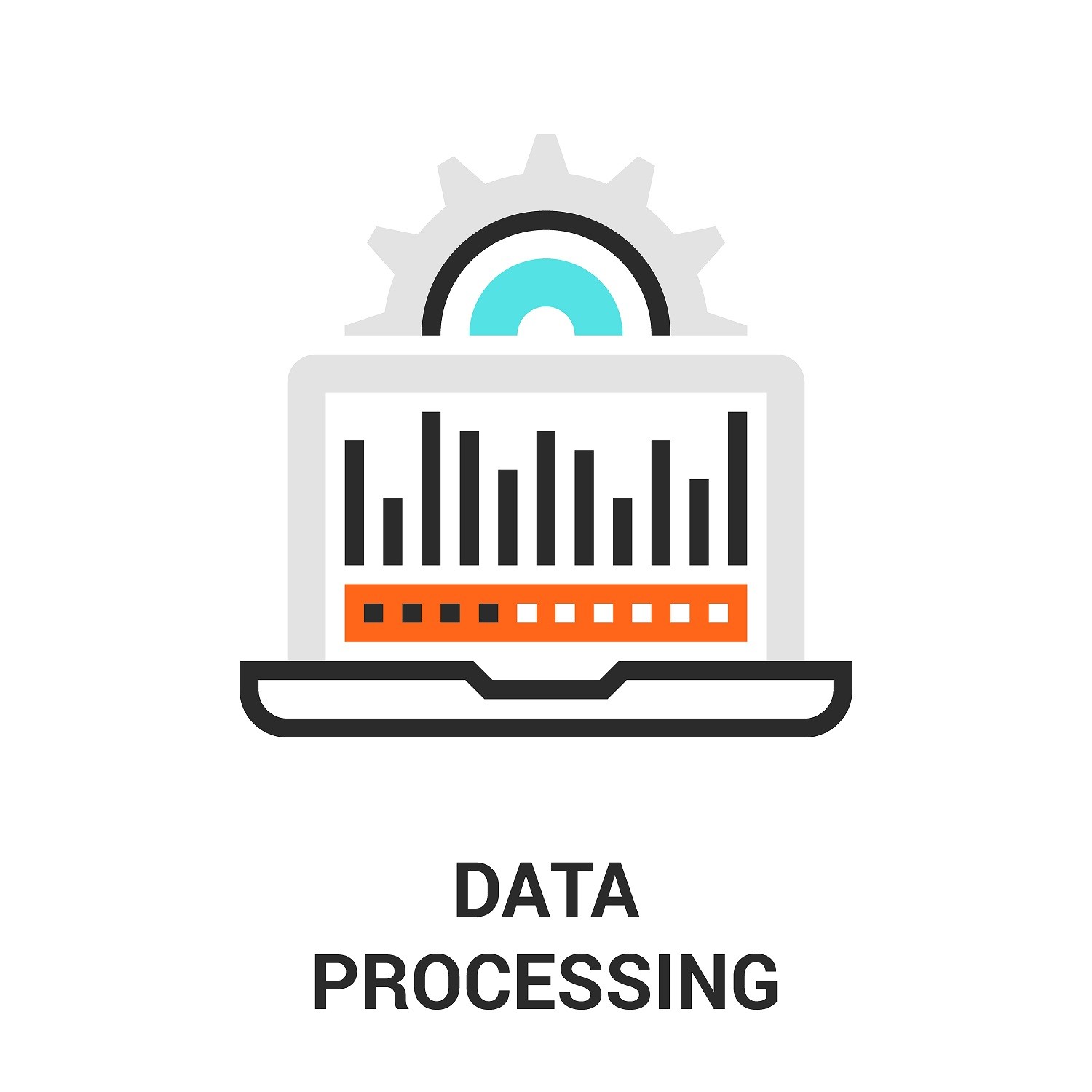Talking to the person within
I had a meeting recently with a charity set up for a specific disability, in the case of this charity’s members it was about providing support for a physical disability. OK, there was no mistaking the fact that the people in room were physically different to me but it was unimportant because I was focusing so much on the person within.
The charity members were keen not to be defined by their disability but had, unfortunately, experienced a lot of hostility in their lives as a result of other people’s prejudices. Although, in recent times, this has diminished as society has becoming more accepting, it is often still an issue in the daily lives of the charity’s members.
This got me thinking about how we communicate with different audiences and how important the psychographic element is for the targeting of a campaign. After all, we are nothing if not a construct of our believes, attitudes, and opinions, all shaped by our own individual experiences.
The deep recesses of our mind may not always as obvious as the physical being but they are actually the most important element in the communications process. It is these characteristics that determine everything and it is crucial to talk to the audience in the ‘language’ they understand in order to illicit the appropriate response.
But the meeting also reminded me of the darker side of the psyche and that is how it can interrupt communications by adding ‘noise’ – in this case prejudice – into the process, creating distortion, and interfering with the key messages the charity wanted to promote.
Although I have worked with a number of not-for-profit organisation during my career, I am looking forward to presenting the positive side of this particular disability and asking everyone to consider the person within before making judgements about the physical being.



